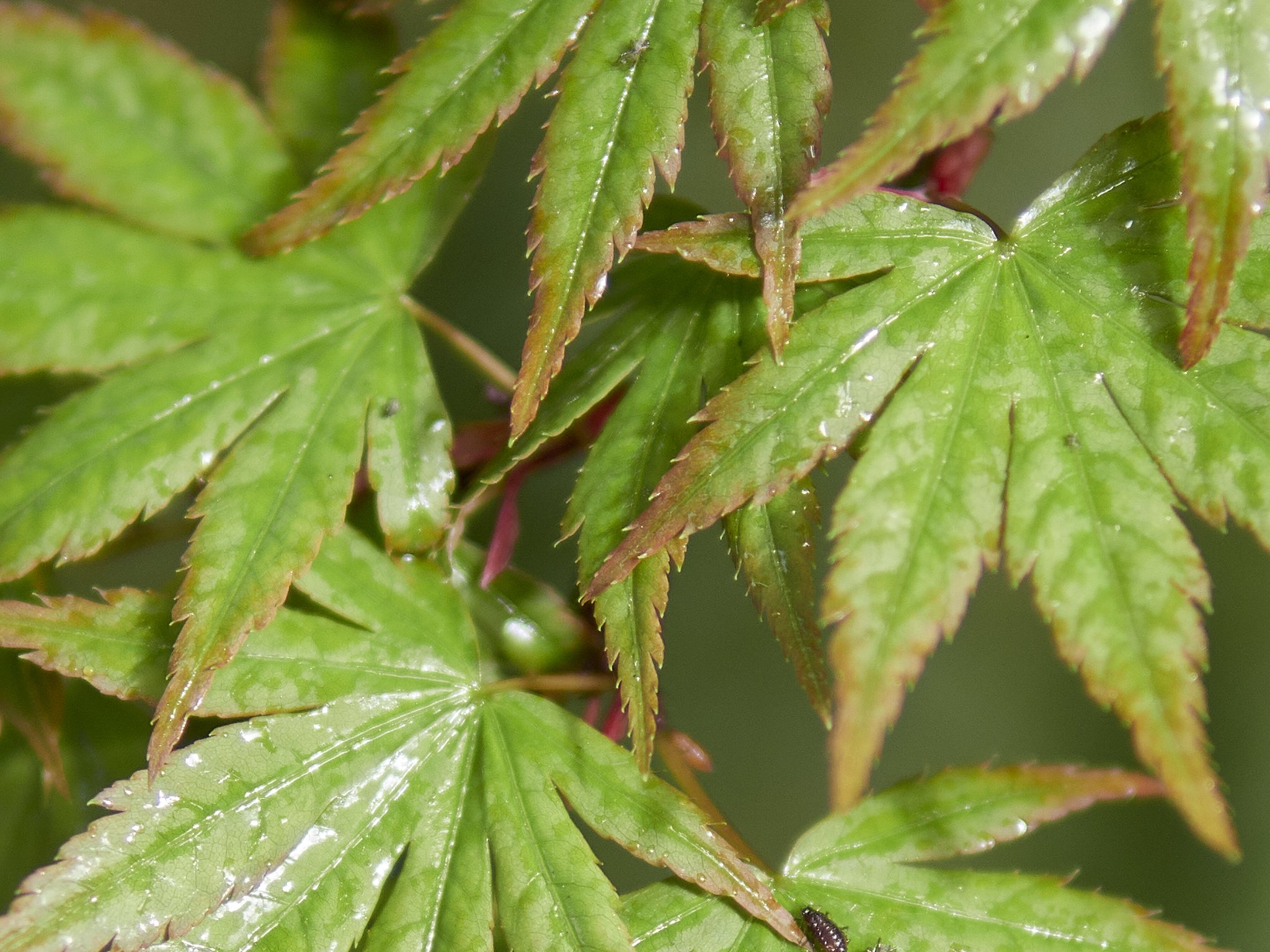With bags, I rarely know exactly what I am getting, so it was a nice process switching the whole kit from the F804 into this much smaller bag exactly as planned.
Rule 1 for my editorial day kit;
If it does not fit in the F2, it is not needed.
I have gone from skinny and tall (F802-retired), to deep and tall (F804-used for longer sports lenses), to deep and short (F2). I do feel I dodged a bullet going for this over the F3x, my kit filling the bigger F2 perfectly.
The main compartment takes a G9 with 12-40 (switched back to for video), an EM1 mk2 with 40-150 f4-nose down, then has room for three more lenses, some of which are fatter than the ones I had in the F804 with it’s skinny lens divider. The F802/804 dividers took thin lenses well, but even the squat little 9mm and Sigme 30mm pushed them. The 4 divided compartments in the F2 are both bigger and more flexible.
The two front pockets, originally designed for batteries and note pads, are now perfect for mobile phones and well, notepads and batteries. I really like the two pen holders! On the two bigger bags, these were full sized pockets, that tended to swallow up gear.
The inside lid holds my access card, spare bits and accessories.
The “front” end pocket, assuming I wear the bag on the right shoulder, is for my mics (Sennheisser MKE 400, phones and Boya LAV), the rear one takes the Godox flash if needed. These are smaller and flatter than the separate end or front pockets on the F800 series, which is ideal. Again, nothing migrates to the bottom.
So, it has less wasted height and fewer pockets but can still do the job.
As I had hoped, based on having an F3x in ballistic a few years ago, the Nylon is soft to the touch, soft light coloured nylon is used inside as well and it is rubber backed, so it is possibly more weather proof than the canvas Domke’s.
It all comes down to kit. Change your kit, change your bag, so the real story is what has changed in the bag itself.
The 40-150 f2.8 Pro has become the 40-150 f4 Pro, reducing size and weight by half (this is occassionally swapped out for the 75mm, which is a similar size and weight).
The 8-18 Leica is now a 9mm Leica, which is not only considerably faster, but so small and light, I already had a habit of losing it in the F804.
I am not using gripped or built-in grip cameras, the older EM1 mk2 and G9 doing everything I need. If I do take the EM1x or similar, it still fits well enough, just making access to other lenses less practical.
If flash is needed, the Godox 860 or 685 is packed with the remote controller.
My 176 Neewer LED is now a small Andoer 140, which is only slightly heavier than the battery for the 176.
I have the little 15 Leica and 30mm Sigma (or Oly 45mm) as options to the zooms, but otherwise, that is it.
So,
After a tying day chasing flood waters (300mm of rain in our area today), the bag showed a couple of decent characteristics.





































































































